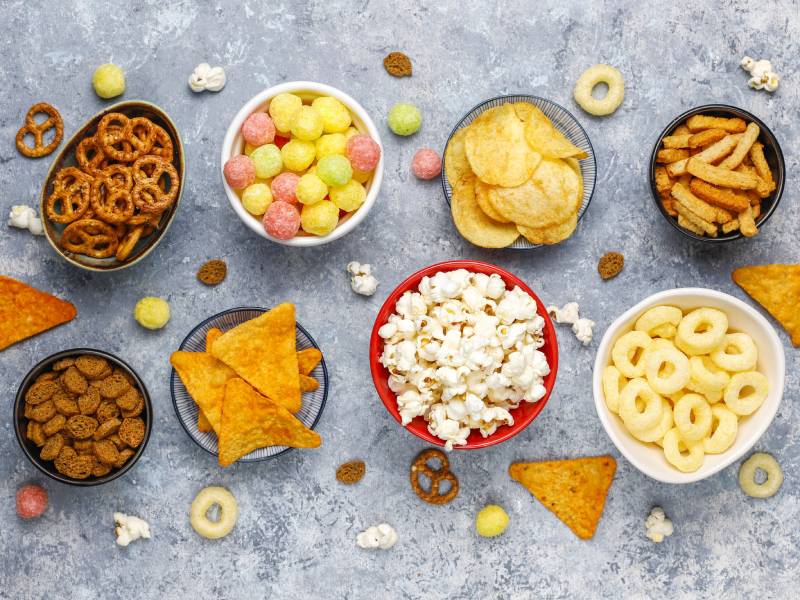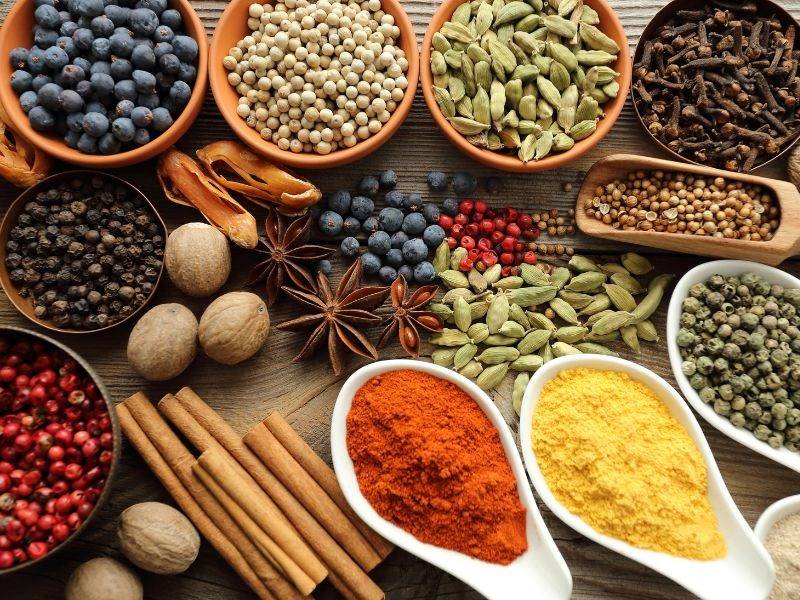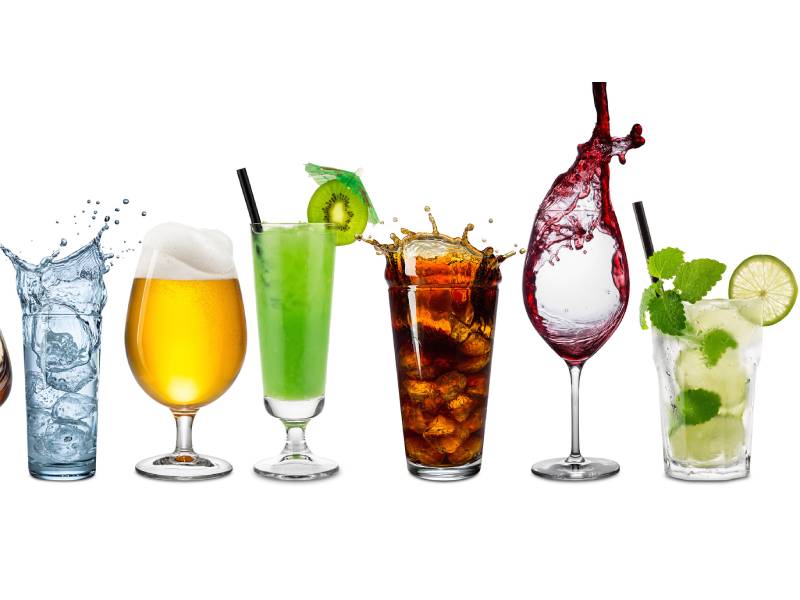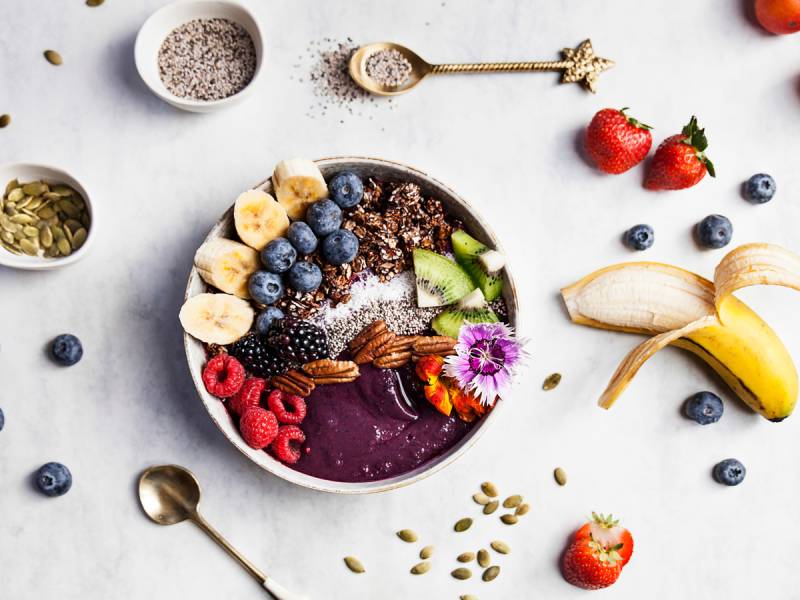Fructans are naturally occurring carbohydrates present in many foods, from cereals and legumes to certain fruits and vegetables.
A fructan is a molecule consisting of a chain of fructose molecules joined together, and with a glucose molecule at the end. Fructans are sugars that are included in the FODMAP group of carbohydrates that can cause digestive disorders.
The human digestive system lacks capacity to fully break apart the molecules that make up fructans to release the fructose and glucose. This process can cause different levels of discomfort in different people, including painful and unpleasant symptoms such as bloating and diarrhoea.
If you experience such symptoms on a regular basis, it is a good idea to discuss them with a doctor. Diagnosis of fructan intolerance is still in its infancy, but, as with other intolerances of sugars such as fructose intolerance, breath tests can sometimes be used to measure the content of gases that are produced when fructans are fermented in the gut, but the results are no guarantee of a correct diagnosis.
If you've been diagnosed with non-celiac gluten intolerance, it can be difficult to know if your symptoms are caused by gluten or another ingredient, as wheat, spelt, rye, and barley are high fructan foods.
High-fructan food include:
- Cereals: wheat, spelt, rye and barley;
- Fruit: watermelon, nectarine, grapefruit, persimmon, pomegranate, plums, ripe bananas, dates, prunes and raisins;
- Vegetables: onions, shallots, garlic, leeks, artichoke, asparagus, beets, Brussels sprouts, savoy cabbage, fennel and snow peas;
- Pulses: beans;
- Nuts: cashews and pistachios;
- Others: chicory root and some soy products.




 +374 43 555 300
+374 43 555 300

















